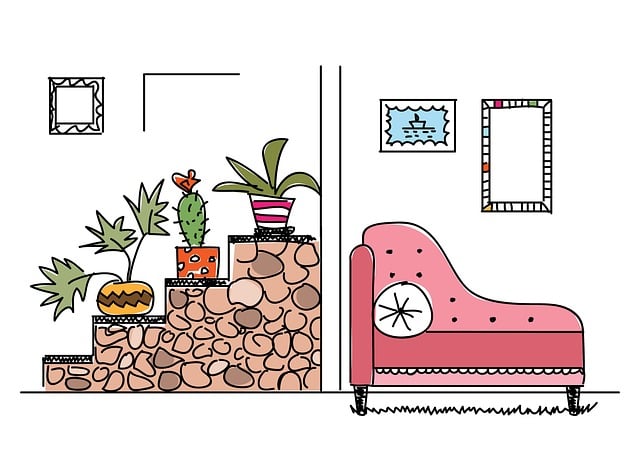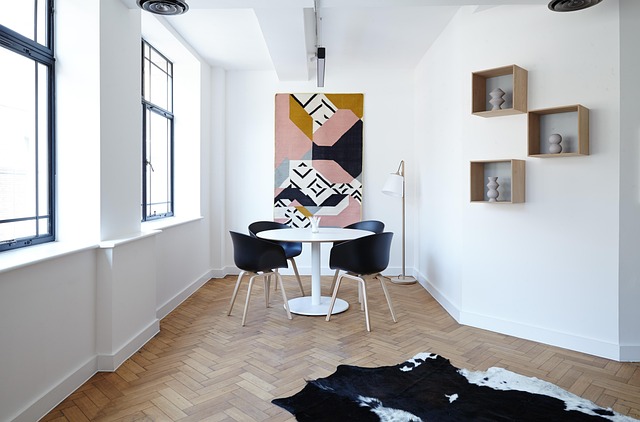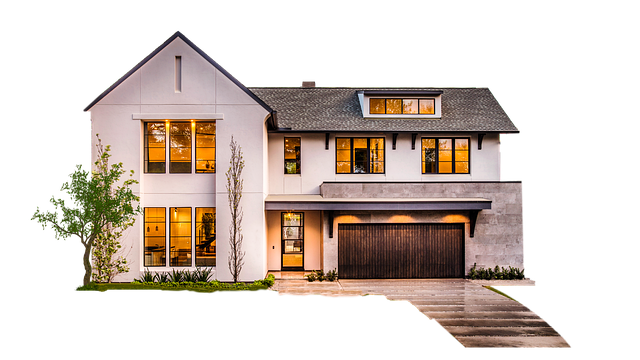The micro home trend in real estate promotes sustainable living by offering compact, eco-friendly spaces that minimize environmental impact and resource consumption. Downsizing aligns with a broader movement towards greener urban development, reducing construction waste and carbon emissions. These homes optimize space utilization, foster community connections through shared green spaces, and contribute to healthier, happier communities while prioritizing environmental stewardship in urban areas.
“Revolutionize your view of real estate with the advent of micro homes—a rising trend that redefines living spaces while championing eco-friendliness. This article delves into the multifaceted world of smaller dwellings, exploring their benefits for urban dwellers and sustainable practices. From innovative design features to community building, we uncover how micro homes are not just alternative habitats but potential game-changers in real estate markets, fostering a greener future.”
Micro Homes: Redefining Living Spaces in Real Estate

In recent years, the concept of micro homes has emerged as a compelling alternative in the real estate landscape. These compact living spaces redefine traditional ideas of housing, offering a sustainable and efficient solution for modern living. With their small footprint, micro homes provide a minimalist approach to property ownership, appealing to individuals seeking a simpler, more eco-conscious lifestyle.
The rise of micro homes is part of a broader movement towards more sustainable and compact urban development. In the context of real estate, they present a unique opportunity to maximize space utilization while minimizing environmental impact. By downsizing from larger dwellings, homeowners can reduce their carbon footprint associated with construction and energy consumption, contributing to a greener future for urban areas.
– Explore the concept of micro homes and their rise in popularity as eco-friendly alternatives.

Micro homes, a growing trend in the real estate world, are gaining significant traction as eco-conscious individuals seek sustainable living solutions. These compact abodes, typically smaller than 500 square feet, offer a fresh perspective on housing, prioritizing minimalism and resource efficiency. The rise of micro homes caters to modern lifestyles and environmental concerns, providing an attractive alternative to larger dwellings.
With their reduced environmental footprint, micro homes contribute to sustainable practices in the construction sector. By using less material and energy-efficient design, they minimize waste and lower carbon emissions. This movement towards smaller living spaces also promotes a more mindful approach to resource consumption, encouraging occupants to live simply and sustainably.
– Discuss the benefits for urban living and sustainable practices.

In today’s urbanized world, embracing eco-friendly alternatives to larger dwellings is a game-changer for sustainable living. Compact, well-designed homes offer numerous advantages in terms of real estate optimization and environmental stewardship. By downsizing, individuals and families can contribute to reducing their carbon footprint; smaller spaces consume fewer resources during construction and maintenance, promoting a greener urban landscape.
Moreover, these alternatives encourage a more connected community feel. Smaller dwellings often foster stronger neighborhood interactions, walking or cycling to nearby amenities, and shared green spaces. This shift towards sustainable practices in real estate can lead to healthier, happier communities while mitigating the environmental impact of urban development.






